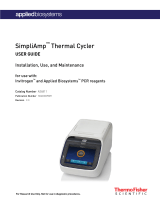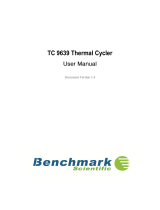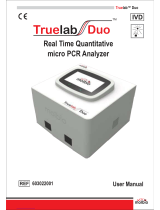
0.20 06/2009, version 1.0
During operation, the Hamilton Microlab STAR IVD / STARlet IVD
Pipettor should be shielded from direct sunlight and intense artificial
light. The instrument should be positioned in the laboratory in such a
way that personnel have access at the front and sides of the instrument,
for operation, maintenance, opening and removal of protective covers,
and so on. Accordingly, to calculate how much room is needed,
consider the dimensions of the instrument plus room for a person to
move and work comfortably.
Never lift a fully installed instrument from one place to another. It must
be reinstalled in the new work location by an authorized service
technician. The instrument weighs in excess of 150 kg. Necessary
precautions should be taken when transporting the instrument.
Never disable any security measure.
When using the Hamilton Microlab STAR IVD / STARlet IVD Pipettor,
Good Laboratory Practices (GLP) must be observed. Suitable protective
clothing, safety glasses, and protective gloves must be worn, particularly
when dealing with a malfunction of the instrument where the risk of
contamination from spilled liquids exists. Smoking and eating in the
vicinity of the instrument and in rooms in which samples or reagents
are handled is forbidden.
If working with contaminated samples, the operator need not touch
them. The Hamilton Microlab STAR IVD / STARlet IVD Pipettor will
drop its used tips by means of a tip waste chute into a laboratory-
supplied waste container that should be emptied as soon as it is full.
During Hamilton Microlab STAR IVD / STARlet IVD Pipettor
operation, do not place hands in the way of moving parts or on the
working deck. Keep your head and hands away from the work surface of
the Hamilton Microlab STAR IVD / STARlet IVD Pipettor when it is in
operation – the pipetting arm and channels move fast and it is possible
to sustain an injury. In general, never lean over the Hamilton Microlab
STAR IVD / STARlet IVD Pipettor when working with it.

























